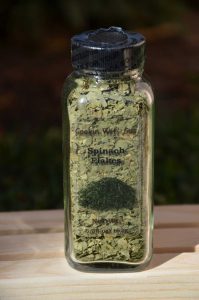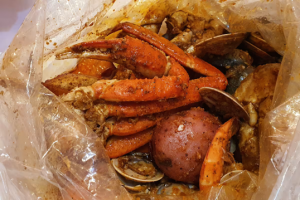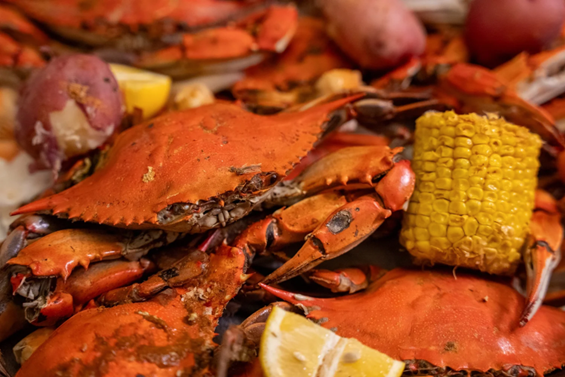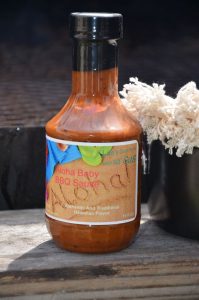Fine Dining At Home
At some point in your life, assuming you eat out a lot, you may get bored with restaurant food. Here is where fine dining at home becomes as much fun as it is satisfying. Fine dining is a formal, upscale dining experience characterized by high-quality food, exceptional service, and a sophisticated atmosphere. It goes beyond just the meal, focusing on a meticulously crafted and memorable experience from the moment you arrive to the moment you leave.
There's a saying in the technology business that says "Garbage In, Garbage Out". In the context of food, what that means is preparing quality foods with quality spices yields quality flavor. Quality food ingredients include fresh produce like onions and garlic, lean proteins, whole grains, and healthy fats like olive oil. Also included are a variety of dried herbs and spices for flavor. High-quality ingredients are typically fresh, unprocessed, and sourced reliably. Mastering cooking techniques like plating and flavor layering is key, along with using quality ingredients to elevate your dishes beyond the everyday.
Fine dining at home is all about playing and having fun with flavors, techniques, and presentation. You can turn your kitchen into a gourmet heaven by achieving the right ambiance. You will also be using top-quality ingredients, and by learning the art of plating.

Fine Dining At Home Rules
Fine dining rules include waiting for everyone to be served before you start eating, using your cutlery from the outside in, and maintaining good posture with elbows off the table while eating. Be discreet with phone use, place your napkin in your lap, and keep conversations light. When finished with a course, place your used utensils on the plate; when your meal is complete, place them parallel to each other in the center of the plate. Don't be noisy. By all means, have a good time with your companions—but you shouldn't be including everyone else in the dining room in your conversation. Don't say you have to go to the bathroom; it's not polite or necessary. Just excuse yourself and leave the table.
Fine dining spices include high-quality and sometimes rare ingredients like saffron, vanilla, and cardamom, alongside essential gourmet staples such as high-quality salts, fresh-ground black pepper, and a variety of herbs and other spices like cumin, paprika, and cinnamon. To elevate a dish, focus on whole spices, freshly ground options, and those sourced from reputable suppliers. We offer a wide array of high-quality spices and welcome you to view what we offer by clicking the button below. Order now in time for arrival by Thanksgiving !!!!
"Life's Good When You're Cookin Wit' Gus"














